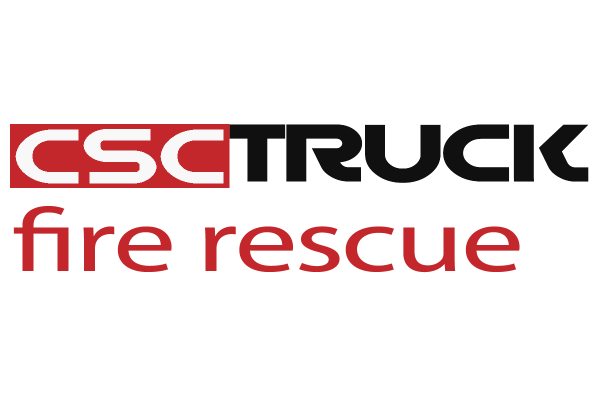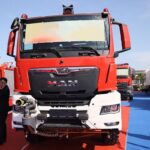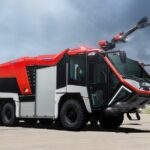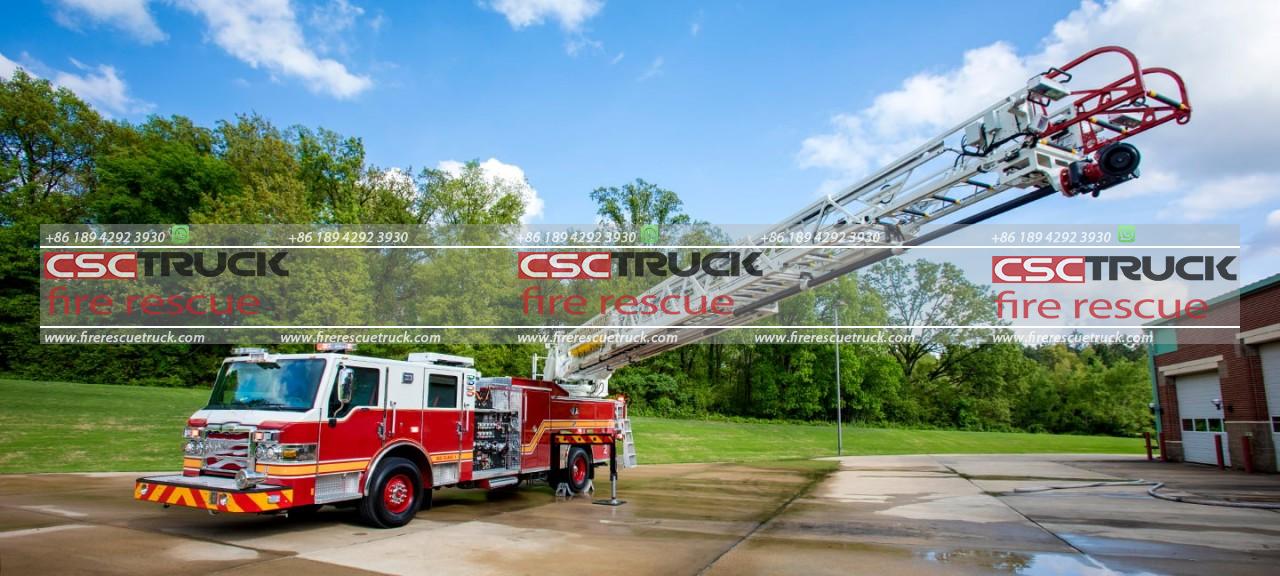Introduction
Airport Rescue Fire Fighting (ARFF) trucks are specialized emergency response vehicles that handle aviation-related incidents, including aircraft fires, fuel spills, and passenger rescues. Choosing the right ARFF truck is crucial for ensuring the safety of passengers, crew, and airport personnel while complying with aviation regulations. This article explores the key considerations, specifications, and features to help airport authorities select the most suitable ARFF truck for their needs.
Understanding ARFF Truck Classifications
ARFF trucks are classified based on their size, operational capabilities, and compliance with regulations set by organizations such as the International Civil Aviation Organization (ICAO) and the Federal Aviation Administration (FAA). The primary classifications include:
- Rapid Intervention Vehicles (RIVs): Small, highly maneuverable trucks designed for quick response to initial fire incidents.
- Major Firefighting Vehicles (MFVs): Larger trucks with significant water and foam capacity, capable of handling large-scale incidents.
- Super Heavy Firefighting Vehicles (SHFVs): Extremely large vehicles with massive water and foam storage, often used in major international airports.
- Combined Agent Vehicles (CAVs): Equipped with multiple fire suppression agents, including water, foam, and dry chemicals, to address various fire types.
Understanding these classifications helps in determining the right vehicle based on airport size, aircraft types, and emergency response requirements.
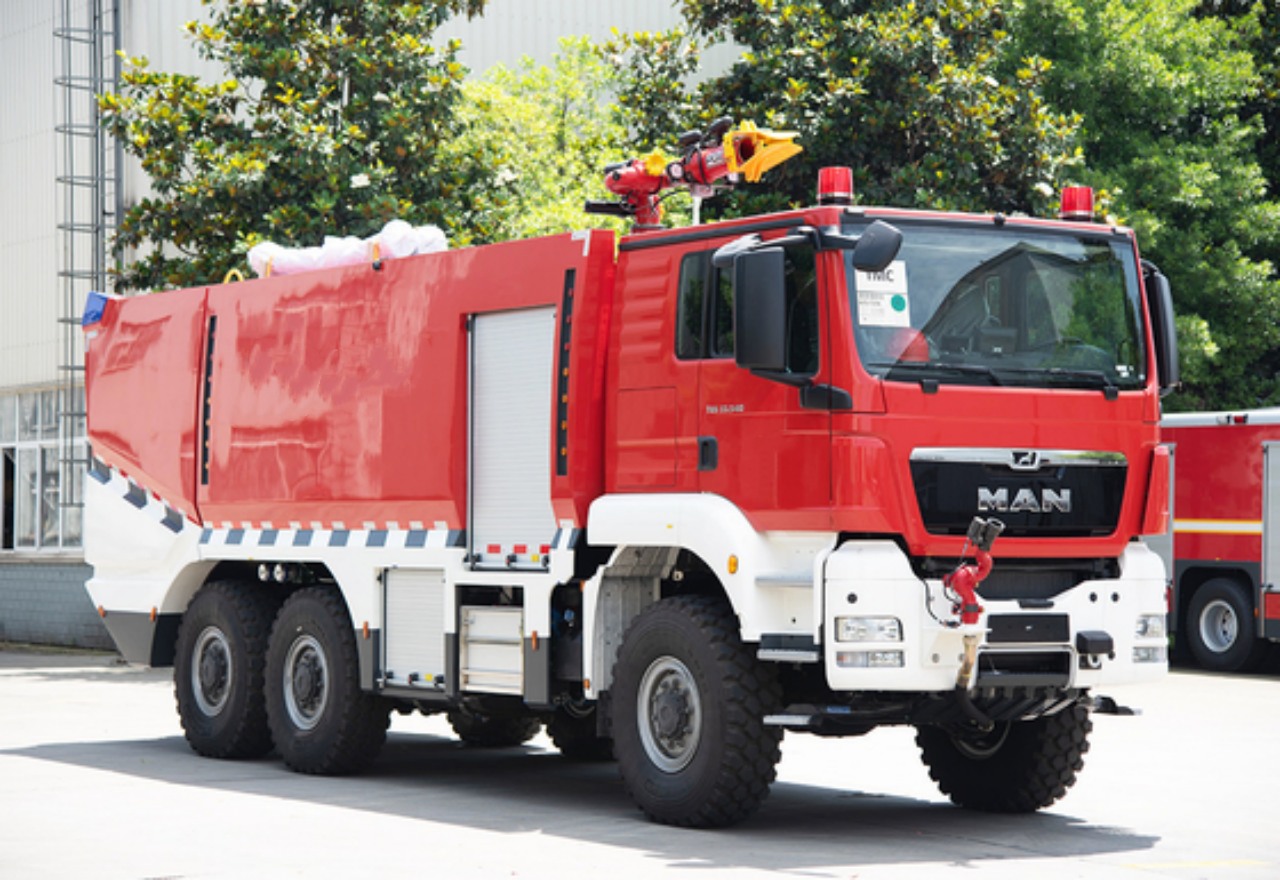
Key Factors in Choosing an ARFF Truck
1. Airport Size and Aircraft Type
The size of the airport and the type of aircraft it accommodates significantly influence the choice of an ARFF truck. Large international airports require high-capacity vehicles with powerful firefighting capabilities, while smaller regional airports may suffice with medium or compact units.
2. Fire Suppression Capabilities
Different fire suppression systems are available in ARFF trucks, and choosing the right one depends on the potential hazards an airport may face. The most common suppression systems include:
- Water and Foam Systems: Essential for combating fuel-based fires.
- Dry Chemical and Halotron Systems: Effective for electrical and fuel fires.
- High-Pressure Water Mist Systems: Provide enhanced cooling and penetration for enclosed fires.
3. Tank Capacity and Discharge Rate
The capacity of water and foam tanks plays a crucial role in an ARFF truck’s efficiency. The ICAO mandates specific minimum agent quantities based on airport category:
- Small Airports: 1,000 – 3,000 gallons of water.
- Medium Airports: 3,000 – 5,000 gallons of water.
- Large International Airports: 6,000+ gallons of water.
Additionally, the discharge rate of turrets and nozzles must be sufficient to deliver rapid fire suppression.
4. Speed and Mobility
ARFF trucks must be able to reach an incident site within a short time frame, typically within 3 minutes, as per ICAO standards. Therefore, selecting vehicles with high-speed capabilities (65-85 mph) and superior off-road performance ensures efficient deployment across airport terrain.
5. Crew Capacity and Ergonomics
The number of firefighters that an ARFF truck can accommodate is another vital consideration. Trucks should offer sufficient space for personnel, firefighting gear, and communication equipment. Ergonomics and ease of operation are crucial for enabling firefighters to respond effectively under pressure.
6. Regulatory Compliance
All ARFF trucks must comply with local and international aviation safety regulations, including:
- ICAO Annex 14 – Aerodromes
- FAA Advisory Circular 150/5210-6D
- NFPA 414 – Standard for ARFF Vehicles
Ensuring compliance with these standards guarantees operational effectiveness and adherence to safety protocols.
Advanced Features to Consider
Modern ARFF trucks come equipped with advanced features that enhance performance and firefighter safety. Some notable innovations include:
- 360-Degree Infrared Cameras: Provide enhanced visibility in low-visibility conditions.
- Pump-and-Roll Capability: Allows firefighting operations while the vehicle is in motion.
- Remote-Controlled Turrets: Enables precision firefighting from a safe distance.
- Compressed Air Foam Systems (CAFS): Improve foam expansion and fire suppression efficiency.
- Automatic Transmission and GPS Navigation: Enhance operational ease and coordination.
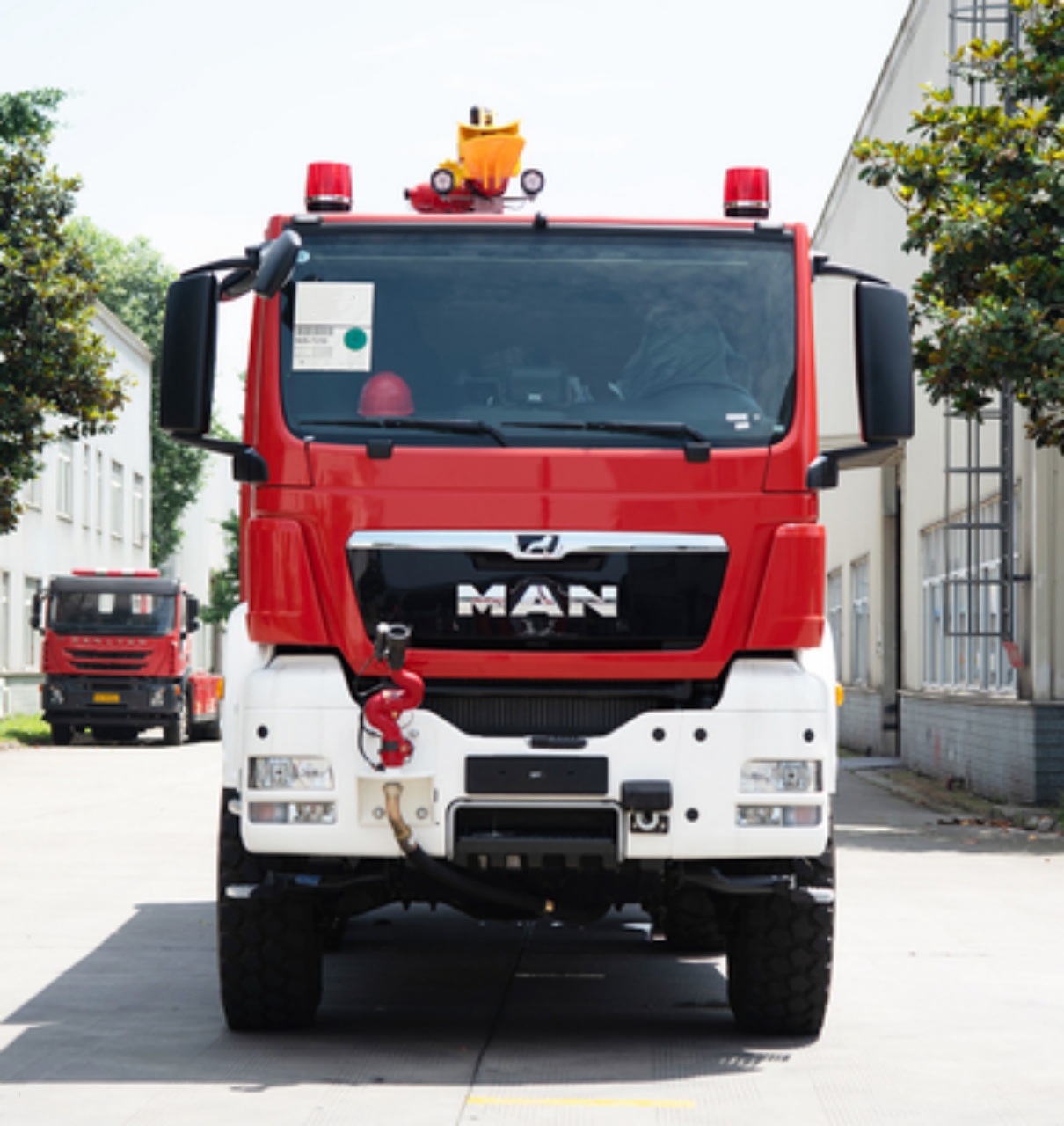
Choosing the Right Manufacturer
Several reputable manufacturers produce high-quality ARFF trucks, including:
- Oshkosh Corporation (Striker series)
- Rosenbauer Group (Panther series)
- E-ONE (Titan series)
- Magirus (Dragon series)
When selecting a manufacturer, consider factors such as:
- Reliability and Durability: Proven performance in real-world scenarios.
- Availability of Spare Parts and Service: Ensuring long-term maintenance support.
- Customization Options: Tailoring the truck to specific airport needs.
Budget Considerations
ARFF trucks are significant investments, with prices ranging from $500,000 to $1.5 million per unit, depending on size, features, and customizations. Airports should assess their budget constraints while ensuring they meet safety and operational requirements. Exploring leasing options or government grants can help manage costs effectively.
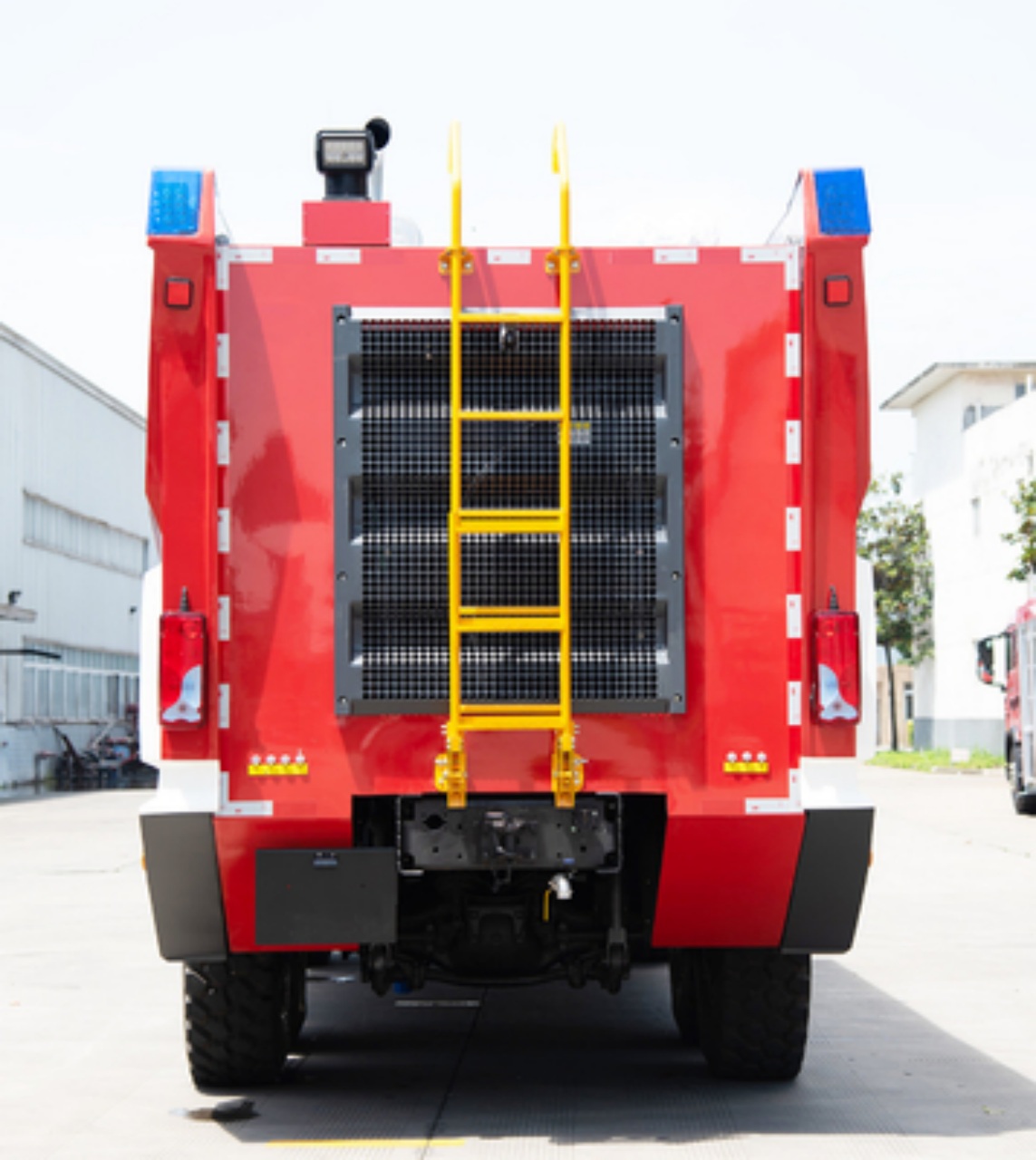
Conclusion
Choosing the right Airport Rescue Fire Fighting truck requires careful consideration of airport size, fire suppression capabilities, regulatory compliance, and budget constraints. By selecting a well-equipped and reliable ARFF truck, airports can enhance their emergency response capabilities, ensuring the safety of passengers and personnel while meeting international safety standards. Investing in the right ARFF truck is not just a regulatory necessity but a crucial step toward aviation safety and preparedness.
